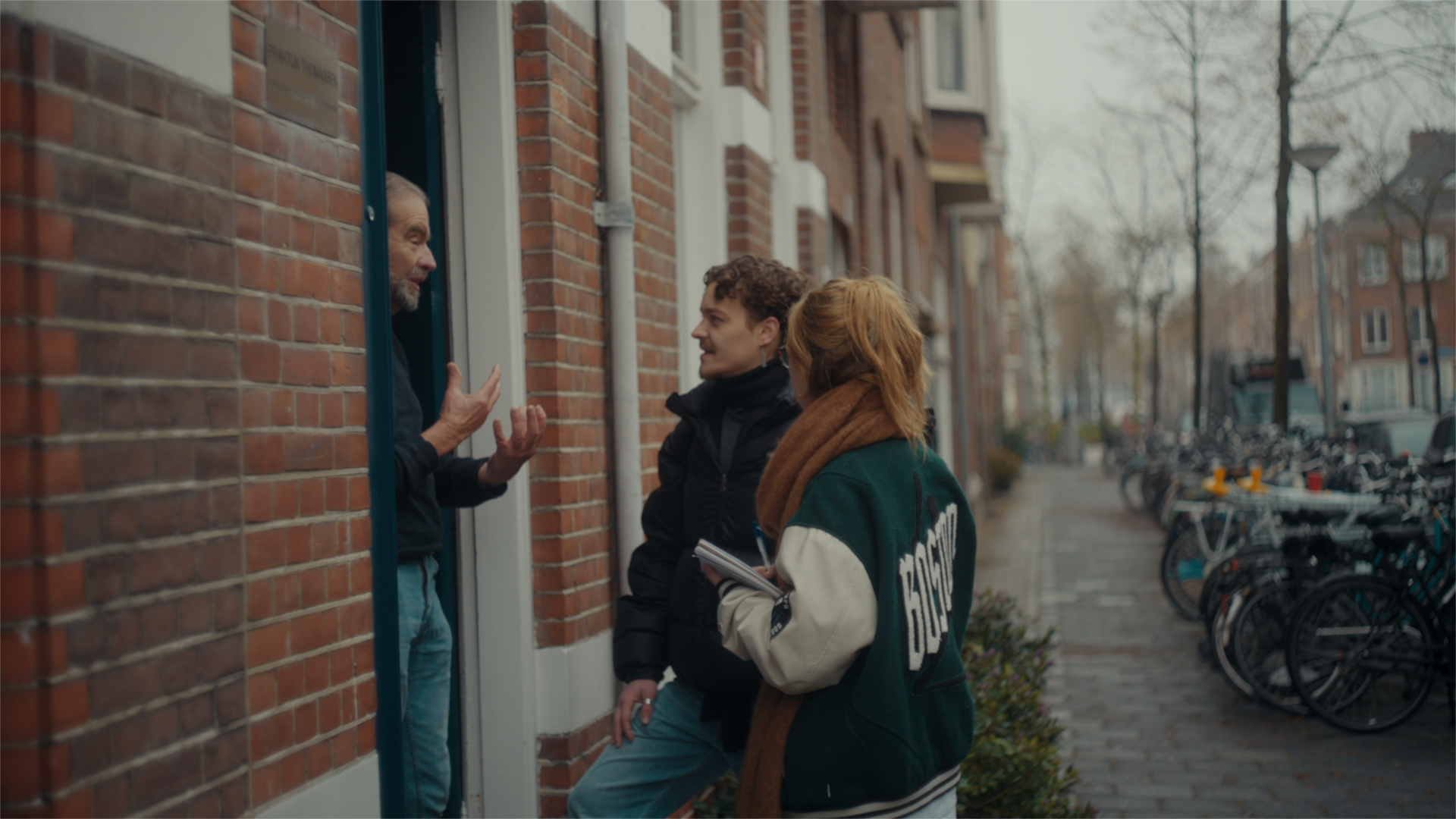Schildersbuurt - SSST! We're conducting research here!
How do we communicate with each other as neighbors? And are the agreed-upon community rules in our neighborhood actually working?
In the project Ssst! We're doing research here!, residents of the Schilderswijk, the Municipality of Groningen, WIJ Groningen, and the University of Groningen (RUG) are working together on a survey-based study about social cohesion in the Schilderswijk in Groningen. The goal is to gain insight into how residents communicate with one another and with the municipality, and to assess the impact of the Ssst! communication campaign.
A total of 603 questionnaires were completed by residents of the Schildersbuurt. The survey could be filled out online using a QR code or on paper with the help of students. The questionnaires were available in both Dutch and English, with approximately 25% completed in English.
The research focused on several key areas:
-
Community agreements, with specific attention to the Ssst! communication campaign
-
Personal contact between residents: Is the neighborhood organization or residents’ council representative of your needs? Are you in touch with them? Do you know who they are?
-
Online communication between residents: Do you have contact with other residents through WhatsApp or other platforms? How active are you? Is there a digital etiquette (rules for online behavior)? Do you feel confident navigating digital communication?
-
Contact with institutions: Do you know how to reach the municipality with questions? Do you know who your neighborhood police officer is?
These themes are summarized in the brochure below, which is also available in Dutch.

The most striking results
-
Going back to the municipality’s original question — Is the nuisance awareness campaign effective? — the answer can reasonably be yes. More than 60% of neighborhood residents (including internationals) find the campaign’s message clear. However, whether people act on it is another matter: only 30% of the students surveyed said the campaign motivates them to actually follow the rules, compared to 44.3% of working residents.
-
Nuisance: the numbers don't lie; About 50% of all respondents say they sometimes or almost always experience nuisance in the neighborhood — including students. That said, there's a clear difference in how this nuisance is experienced. Working residents and retirees report more disturbance than their student neighbors.
-
Reporting nuisance: Residents often don’t report nuisance for a variety of reasons. They may not know who is causing it or whom to contact. Others hesitate because of social reasons — they may not want to strain neighborly relations, or they themselves occasionally enjoy parties. This shows that social cohesion can actually discourage people from reporting issues.
-
Online Contact: Many residents do not yet have online contact with neighbors. More than 60% are not part of a WhatsApp group, although about 20% use such groups specifically to report nuisance.
-
Contact with Institutions: Local residents' associations are relatively easy to find — more than 66% of residents know where to find them. Other services, like WIJ Groningen and the neighborhood police officer, are less well known, with awareness levels between 40% and 50%.
Recommendations from Our Students
-
Inform residents more frequently about neighborhood WhatsApp groups to encourage low-barrier communication.
-
Increase the visibility of existing local services like WIJ Groningen and the neighborhood police officer.
-
Residents have indicated a need for a clear escalation ladder — and clear communication about it.
-
There’s still significant room for improvement around reporting nuisance. Residents feel the process could be made easier and more accessible. In addition, providing follow-up on what happens with reports could also be improved.
The results of this survey are intended to help guide policy for the various stakeholders in the neighborhood.
Do you have a question about this brochure, the results, or the recommendations? Feel free to email us at wewi@rug.nl.
